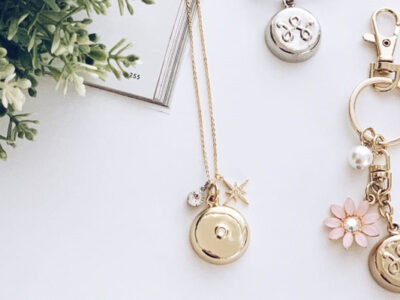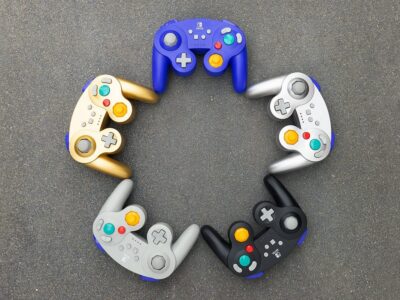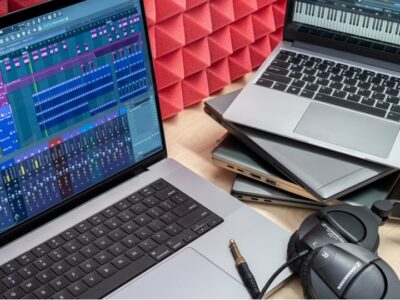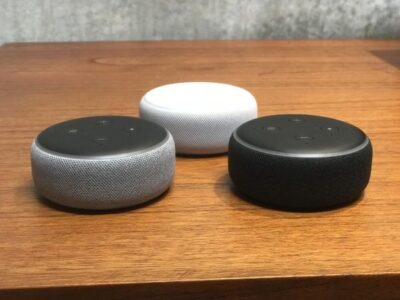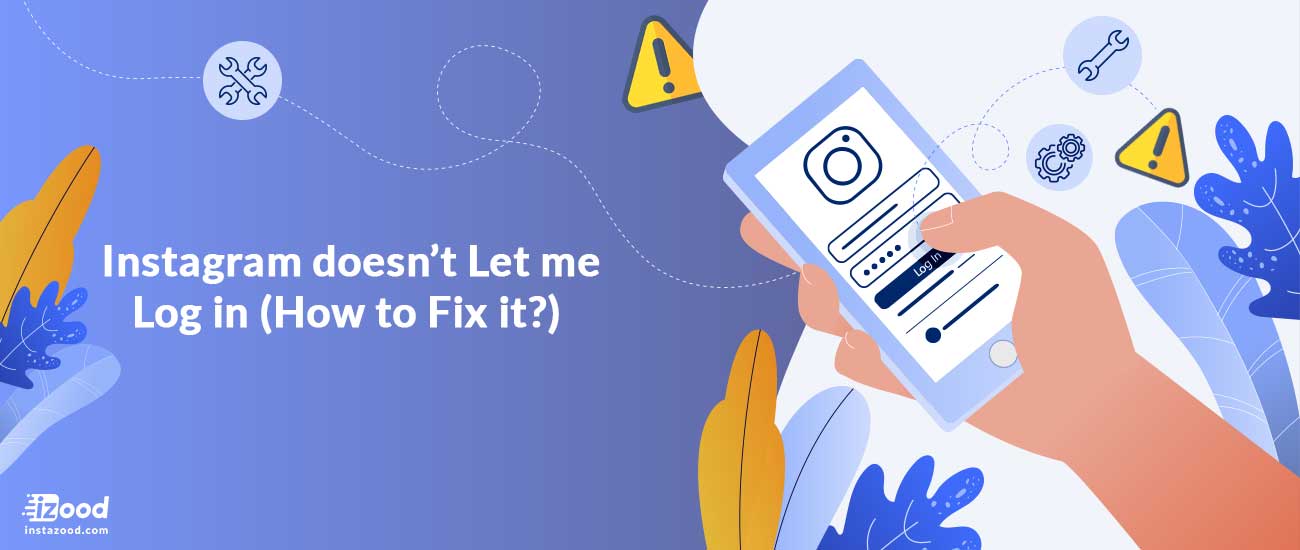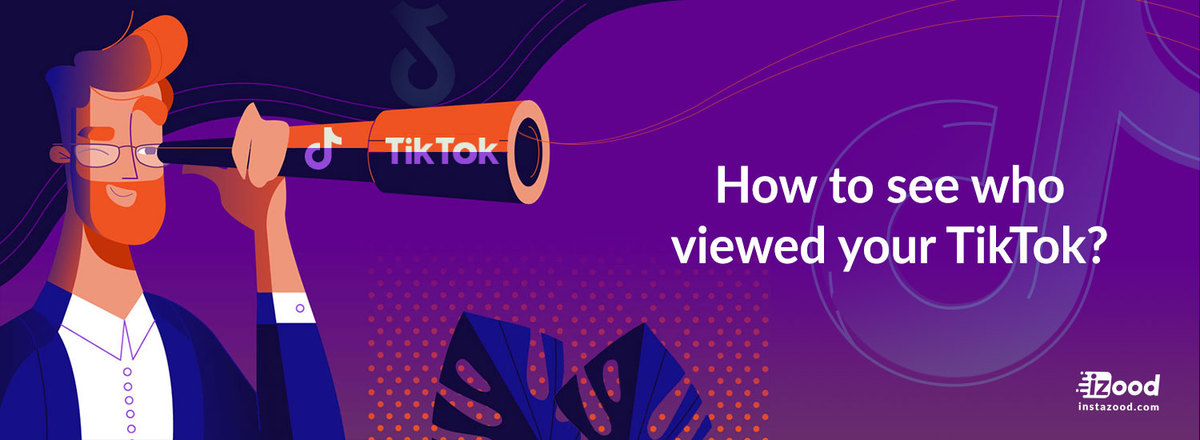Choosing the best small printer doesn’t require you to forgo features or quality in order to save desk and office space. Some of the most potent printer capabilities that you might require in a home office today have been compressed into small printer shape.
You can also read: 6 best fuel injector cleaners to buy for 2024
This could result in you paying a little bit extra for a small machine that includes the same functionality as a large printer. However, if room is an issue, these models will work well for you and can also look remarkable.
Canon IVY Mini Photo Printer for SmartphonesBest overall
Mini Photo Printer, Thermal Pocket PrinterBest expensive
NETUM Bluetooth Receipt PrinterBest price
HP OfficeJet 250 CZ992A Stampante All-in-One Portatile
Brother PJ-763MFI POS/mobile printer
HP Tango X Smart Wireless Printer
When we say “features,” we don’t just mean the ability to print in color or black and white; some models also support scanning, faxing, and copying.
The latter used to require a flatbed scanner, which takes up more space, but this can now be accomplished utilizing the printer’s internal components. That could entail loading papers into the top of the small printer like ordinary paper, then copying and printing them like you would with any other copier.
In addition to being more space-efficient than larger ones, most of these small printer solutions also have a more modern aesthetic.
6 best mini printers to buy
Here is a list of 6 best mini printers to buy for 2024:
1. Canon IVY Mini Photo Printer for Smartphones
The resolution of the images printed with this Canon choice, like other little Bluetooth printers, won’t be something to write home about, but for a little fun, while you’re out and about, you can’t go wrong. Print up several customized stickers, remove the paper’s backing, and place them all around your room or other possessions.
The app allows you to edit photos, and it’s simple to print them via Bluetooth from your mobile devices. But compared to other portable printers, the battery life is inadequate, so make sure you’re completely charged before leaving the house! This design encourages printing images rather than storing them on photo reels. They unfortunately only function over Bluetooth from a mobile device and cannot be used with PCs or laptops.
Pros:
- Pocket-sized
- Can also print stickers
- Cheaper than HP Sprocket and Instax Link
Cons:
- Can only be used for photos
2. Mini Photo Printer, Thermal Pocket Printer
It’s difficult to top the Paperang for square photographs produced at slightly larger than wallet size. The printer has dimensions of 3.3*3.3*1.8 inches (HWD), weighs little under a pound, and prints 3-by-3-inch images using dye-sub technology and a four-pass ribbon, the final pass of which applies a clear projective coating. The picture quality is clearly superior to what you would anticipate from comparable printers that use Zink technology, as is typical of dye sub printers. The prints will last a very long time, according to Paperang, which rates them for up to 100 years.
This particular small-format portable photo printer functions primarily as an add-on for smartphones and tablets. It only supports Android and iOS devices and connects over Bluetooth. The inbuilt battery has a 25 print capacity on a single charge. The printer delivers a great print quality, a quick print speed, and a reasonable cost per print—at least for this class of printer. While printing edge to edge, it took us 43 seconds; when printing with a border, it took us a few seconds less time.
Pros:
- high photo quality
- can print borderless and bordered photos
- Comes with enough consumables for about 70 photos
Cons:
- Bluetooth only
- Android or iOS only; no Windows or macOS support
3. NETUM Bluetooth Receipt Printer
The 58X 30mm thermal paper is the sole media that NETUM Direct Thermal Receipt Printers need to function; no ribbons or cartridges are needed. They compare favorably with comparable thermal printers in terms of size, noise level, speed, and energy efficiency.
The POS SPP agreement, Android 4.0 IR, and IRCOMM agreements, among others, can all be used with this Bluetooth receipt printer. Convenient for outdoor working environments, including printing TAXI bills, administrative fee receipts, post receipts, restaurant ordering information, online payment information, etc.
If the NETUM prints the kind of labels you need, starting with the right width, then practically any business that needs to print a lot of labels on a regular basis, especially while on the job site, should find it worthwhile to take into consideration. If you require wider labels than it can print, you will need to look elsewhere, and if you don’t require its widest labels, choosing a different option could save you some money.
Pros:
- Comes with a label app for Windows PCs, a keypad, and memory for standalone printing
- Supports many label types and materials
- Can cut labels without cutting the backing, leaving a continuous strip
- Lifetime warranty
Cons:
- not comfortable thumb typing
- No macOS print app or driver available
4. HP OfficeJet 250 CZ992A Stampante All-in-One Portatile
It shouldn’t be a surprise that the HP OfficeJet All-in-One 250 continues to occupy the top spot in our list of the best portable printers. This printer not only prints pages and photographs of good quality practically error-free, but it also includes all the extra capabilities you’d expect on a full-size printer, including a superb scanner that enables you to scan and copy documents while on the road.
Even though it weighs a little bit more than we’d want for a portable printer, you can still get excellent print quality no matter where you are because of the built-in battery pack. If you need to use the HP OfficeJet All-in-One 250 in a busy office setting or, at a push, a coffee shop, you won’t disturb anyone because it prints quickly (between 7-8 pages per minute) and is much quieter than the typical printer. All of that is printed at a 4800 x 1200 dpi resolution, which is really good for a printer this size.
The HP OfficeJet All-in-One 250 may be connected to through USB, WiFi, or Bluetooth, and it can be used with almost any device thanks to a special HP mobile software.
Pros:
- High quality
- Large paper tray
- Prints, scans and copies
Cons:
- pricey
- Heavy for a compact printer
5. Brother PJ-763MFI POS/mobile printer
In a relatively small package, the Brother PocketJet 773 provides a practical solution to print documents. The smallest and lightest printer in this comparison is this one. It only prints in black and white since it is a direct thermal printer and utilizes special thermal-reactive material rather than ordinary printer paper. Photo papers cannot be printed on using it. You don’t have to be concerned about running out of ink because it doesn’t require ink cartridges.
The PocketJet 773 operates with roll paper and fan-folded paper in addition to individual sheets, and is intended to operate in places like a police patrol car (for which there is a vehicle attachment). Along with a cigarette lighter adaptor, accessories include tough cases for roll paper and fanfold paper.
However, parts of the text seemed lumpy around the borders, resembling a dot-matrix printer, when printed from a PC using the PocketJet 773. Text documents printed from an iPhone also had poor text quality. Black-and-white graphics had a severely pixelated appearance with visible banding and flat black shadows. The PocketJet occasionally printed pages that were crooked or improperly cropped. This might have happened because a new page was followed by a print too rapidly (you must feed one sheet at a time).
Paying for mobile is expensive. The cost of a battery is $123.99. Also, be cautious when purchasing the printer online because it is frequently supplied without the power cable or battery that are need to operate it.
Also expensive is paper. Specialty thermal paper is necessary for direct thermal printers; one hundred sheets costs $13.99, or 14 cents per page. You do have choices, though, if you don’t mind using folded or curled paper. Printing costs are reduced to 10.3 cents per page with a continuous 600-sheet roll of thermal paper. Each page of fanfold paper costs 9.5 cents. Desktop inkjet printers, in contrast, typically cost 7.7 cents for basic cartridges and 5.9 cents for high-yield cartridges each text page.
Pros:
- construction is compact and rugged
- Works with continuous paper roll
- Many accessory options
Cons:
- Limited to black-and-white printing with limited graphics capability
- Slow print speeds
- Thermal paper is expensive
6. HP Tango X Smart Wireless Printer
Paying for mobile is expensive. The cost of a battery is $123.99. Also, be cautious when purchasing the printer online because it is frequently supplied without the power cable or battery that are need to operate it.
Also expensive is paper. Specialty thermal paper is necessary for direct thermal printers; one hundred sheets costs $13.99, or 14 cents per page. You do have choices, though, if you don’t mind using folded or curled paper. Printing costs are reduced to 10.3 cents per page with a continuous 600-sheet roll of thermal paper. Each page of fanfold paper costs 9.5 cents. Desktop inkjet printers, in contrast, typically cost 7.7 cents for basic cartridges and 5.9 cents for high-yield cartridges each text page.
Printing is quick on the Tango X. The quickest time for a portable printer was 30.8 seconds, or 9.7 pages per minute, for our five-page text document, which it printed. Additionally, it produced our six-page PDF with a combination of images and text in the fastest time, at 1 minute and 47 seconds, or 3.4 ppm. It took only 1 minute and 15 seconds to print a high-resolution 4 x 6-inch photo from a PC, but the OfficeJet 250 was faster. The OfficeJet 250 was 25 seconds faster when printing a 4-x-6 glossy from a smartphone, which took a reasonable 1 minute and 7 seconds.
Print quality was consistently good. Text documents with black lettering and distinct edges.
The graphics were quite finely detailed, and the colors appeared vibrant and lifelike. Photos that were printed on glossy paper also looked good.
But the Tango X’s weak point is copying and scanning. The Tango X does not actually copy or scan in the conventional sense because it uses a smartphone to take a photo in the HP Smart app, which is subsequently printed. It became evident after testing these functions on an iPhone and an Android phone that they did not compare to a physical copier and scanner like the one found in the company’s OfficeJet 250 in terms of quality.
At 8.5 cents per page, text printing expenses are less than the industry average for portable printers. While using high-yield cartridges, you can lower the cost per color page to 18.1 cents from the normal 21.8 cents.
The Tango X’s mobility is constrained by the absence of a battery option, although it is still quite portable. It’s just that it makes more sense as a single-function printer than as a multifunction gadget that can connect to a smartphone.
Pros:
- High print quality
- Fast print speeds
- Stylish design
Cons:
- No LCD for stand-alone operation
- Copy/scan quality from smartphone app is poor
- Above average ink costs
How to choose the best portable printer?
Many of market small printers offer the same functionality as much larger versions. You can’t underestimate them just because they are little doesn’t imply they aren’t powerful. In addition to the fact that all of the printers we examine are wireless, here is a list of the key specifications you should look for before making a purchase.
Size
Consider the space you intend to dedicate to a printer and bear in mind that some printers may be deemed “compact” based solely on their footprint but compensate for it in height. A printer that is long but not as deep or tall can be more advantageous for you.
Single-Function vs. All-in-One
There are single-function printers that excel at completing just one duty if all you need a printer for is printing—not scanning and making copies. Although you might discover printers that can do it all for about the same price, keep in mind that performance might not be uniform.
Laser versus Inkjet
While inkjet printers utilize, you guessed it, ink to print, laser printers use toner. The kind of papers you regularly print, your average printing volume, and how much you want to spend on cartridges are the three main factors to take into account when deciding between the two. Inkjet printers often cost less up front, but their ongoing operating costs may be higher due to the expense of replacement cartridges. If you only ever print black-and-white documents, a monochrome laser printer might be a better option for you at around the same cost because toner is frequently less expensive than inkjet cartridges. Those who desire to use an inkjet are probably those who also print color documents and images.
Print speed
Laser printers are renowned for being the fastest, whether you’re printing in color or black and white. However, the difference might not be significant if just one or two people are printing at home rather than the full employees of a company sending papers to a single printer. The majority of the printers we write about have a black print speed of up to 20 pages per minute (ppm), and a slightly lower color speed.
Battery
The majority also include alternative batteries, enabling printing even when there is no available power source. Plan your purchase appropriately since these items must be purchased in addition to the printer itself. Many of these printers also have options for in-car charging, which makes them great for use when making sales calls or printing while traveling.
Does a mini printer function as well as a normal printer?
The same technology as a standard printer is used by portable photo printers. Just a lower scale and a few changes have been made. For instance, portable printers are significantly more compact and convenient to carry around (as the name implies), so you get results right away. A high-quality image printed on photo paper has a unique quality that screens simply cannot match. Additionally, a big factor in how these printers are able to produce so much is wireless connectivity. A good pocket printer needs to connect to your device quickly and frequently includes an app. Even though a desk printer might have wireless connectivity, it might not come with an accompanying app.
Printing directly from your smartphone is very convenient because it eliminates the need to dig out another device or learn how to operate a different system.
It’s also crucial to consider the price. A comparable quality normal printer costs roughly the same as a portable printer. Unless your home printer is at the top of the market, you’re probably getting better photo quality for your money. But even so, that’s a sizable investment. Photo printers are still useful and required despite this, but it’s something to keep in mind. If your old printer’s quality is sufficient and you aren’t in a situation where you require instant photo access, you might want to keep it.
The supplies required to keep a picture printer in operation are another unreported expense. Mini printers need additional supplies to function, just like regular printers do, which costs a lot of money in ink and paper. The cost of photo paper alone is high. Although it’s frequently lauded for how great the photographs look, it can be very expensive. Not to mention that you could have spent that money on something else if you accidentally purchase the wrong kind of photo paper. Similar to larger printers, many tiny inkjet printer models also deplete cartridges. Portable photo printers have significant limitations despite all the advantages they provide, most of which are related to the cost.
In conclusion
There are a few things to think about when it comes to compact printers. First, printing type: If you only need to print documents, a less expensive model will do. However, you’ll need to spend extra money on a printer if you also want to be able to print images. Second, printing frequency: You can get by with a lower page-per-minute rate if you only need to print periodically. However, you’ll need a printer that can handle more pages per minute if you plan to print regularly. Finally, money: You must decide how much you are willing to spend as printers can cost anywhere from $50 to $500.


